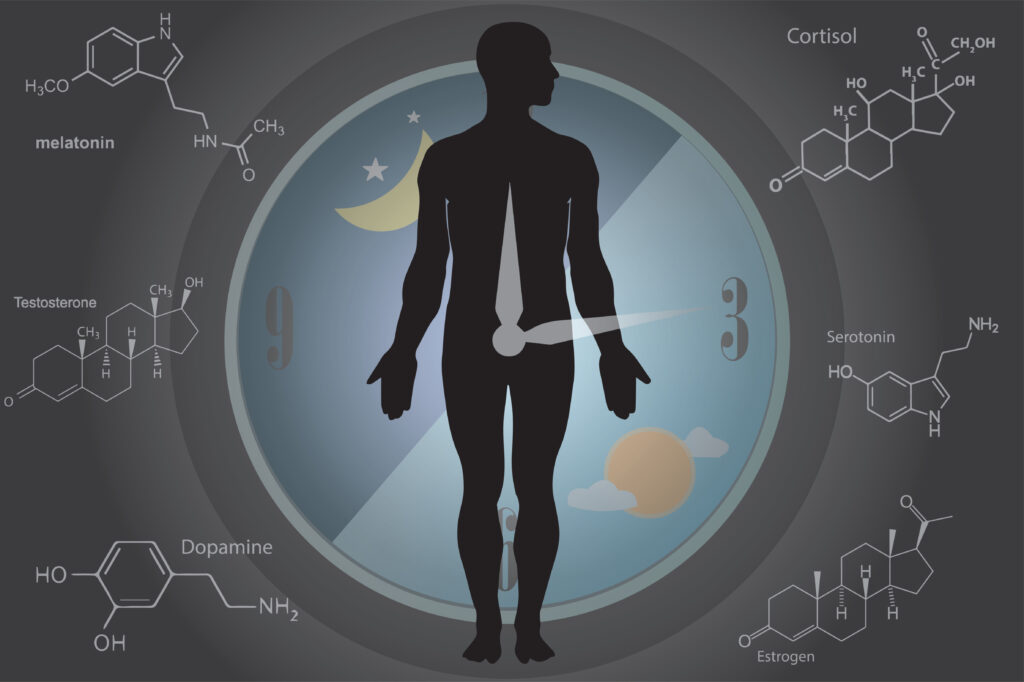Working nights can be tough on the body for security professionals, emergency workers, police officers and firefighters, and a new study suggests it might take a particular toll on men’s health.
The research, which involved lab mice and humans, hints that the male of the species might be more vulnerable to the “body clock” disturbances that come with shift work.
In the lab, researchers found that male mice showed a range of negative effects from being exposed to abnormal day-night cycles. Everything from their gene activity to their gut bacteria to their blood pressure went out of whack.
In contrast, female mice appeared largely protected.
Then, using data on more than 90,000 U.K. shift workers, the researchers found that human males also appeared more affected.
Men who worked nights were more likely than men working standard hours to have metabolic syndrome—a collection of risk factors for heart disease and diabetes that includes elevated blood pressure, cholesterol and blood sugar, as well as excess fat around abdomen and lower back.
Meanwhile, female shift workers were also at greater risk of metabolic syndrome than women who worked only standard hours.
But that risk was lessened after the researchers factored in job type—whether people worked shifts as a medical professional or a factory employee, for instance.
Job type is important because not all shift work is created equal, said researcher Dr Garret FitzGerald, a professor at the University of Pennsylvania Perelman School of Medicine, in Philadelphia.
There are different exposures depending on the job, he said, and differences in workers’ education and income, among other things.
Women found to be more resilient at shift work
Together, FitzGerald said, the findings suggest that shift work might have less impact on the female body clock—though the reasons are not yet clear.
The lab experiments did point to a role for oestrogen: Female mice that had their ovaries removed—and were, therefore, not producing oestrogen—were less protected from the impact of disrupted day-night cycles than female mice with normal oestrogen production.
But that was not the whole story, FitzGerald said, since male mice were still worse off.

The study, published May 17 in Science Translational Medicine, is the latest to examine the potential harms of shift work.
Past research has tied shift work to increased risks of high blood pressure, diabetes, heart disease and other ills. It’s thought that there may be indirect reasons—it’s harder to eat healthily and exercise when you’re working nights—as well as direct effects of the day-night switch.
The human body’s natural circadian rhythms dictate that people be active and eat during the day, and sleep when it’s dark. Shift work throws those rhythms off.
But some research has also hinted that female shift workers might be more resilient to those effects than their male counterparts—with the latter showing higher rates of metabolic syndrome and diabetes.
Shift work turns everything upside down
The new study, FitzGerald said, dug deeper into the potential mechanisms. The lab portion showed that when male mice had their circadian rhythms thrown off, the effects were broad. (The animals were also fed a high-fat diet—similar to the eating patterns of many people who work night shifts.)
“What was striking was how pervasive the disturbance is,” FitzGerald said. “Genes, proteins, the bugs in the gut, blood pressure—all turned upside down.”

But female mice exposed to the same circadian disruption and high-fat diet were largely unaffected.
The human portion of the study used data from the UK Biobank, a research project collecting genetic and health information on a half-million middle-aged and older British adults.
The researchers identified over 90,000 participants with a history of shift work, and compared them with participants who’d only worked standard hours. Among men, around one-third of shift workers had metabolic syndrome, versus a little over one-quarter of non-shift workers.
The condition was less prevalent among women in general, and the difference between shift workers and other workers was smaller. Then, after the researchers accounted for job type, there was no longer a significant difference between female shift workers and non-shift workers, FitzGerald said. But the difference among men remained.
Sleep hygiene should be factored in

While the human findings seem to support the lab findings, a sleep medicine specialist who was not involved in the study cautioned that it’s a big leap from lab mice to people doing shift work.
“I wouldn’t want people to interpret this as saying shift work isn’t bad for women,” said Dr Sabra Abbott, an associate professor at Northwestern University Feinberg School of Medicine in Chicago.
“This suggests shift work might be a little less harmful for women, but we need more research to figure out why,” Abbott said.
“It’s interesting that they saw this signal,” she added. “But it needs to be taken with a huge grain of salt.”
FitzGerald, too, stressed that the whole issue is complicated. Definitively linking disease risks to shift work at all is tricky, he said, because there are so many variables—including all the differences in education, income and daily exposures between people who have different kinds of work.
Those caveats made, both experts also said the findings highlight the potential health impacts of shift work.
More broadly, FitzGerald noted, everyone should be aware of the importance of “good sleep hygiene.”
That includes getting sunlight during the day, he said, and turning off the devices—and their artificial light—at night.
(Source: Medical Xpress)










